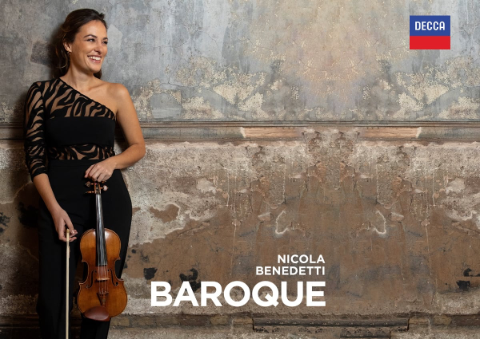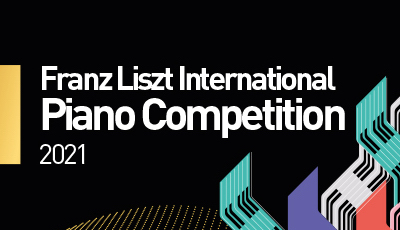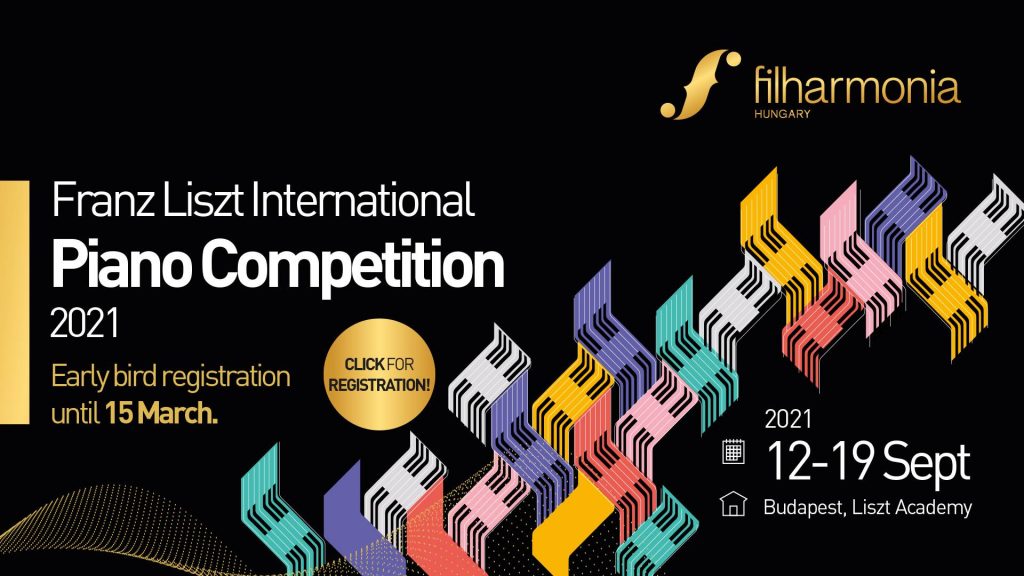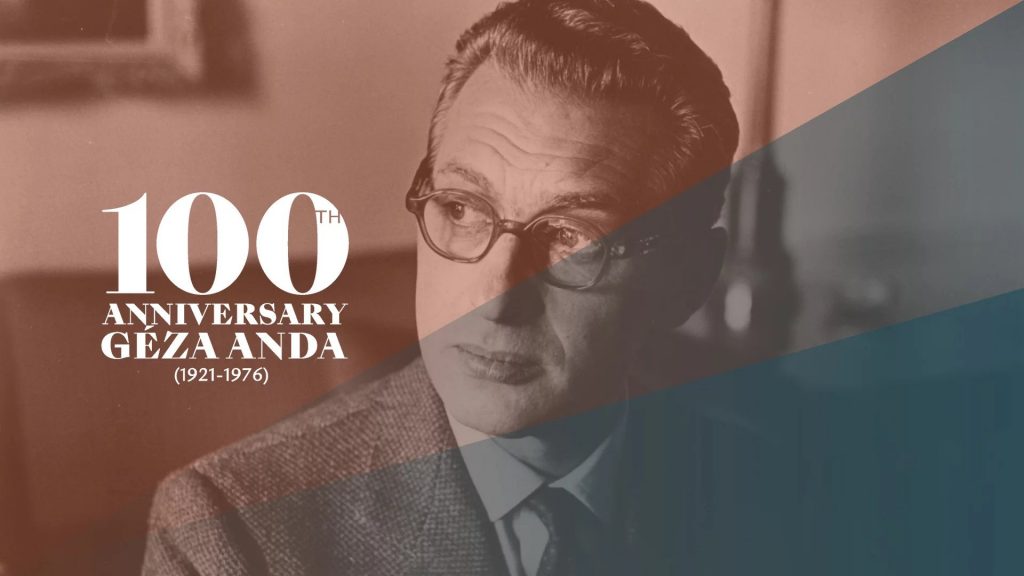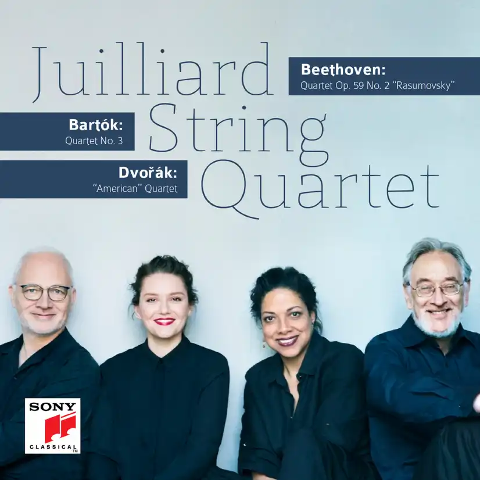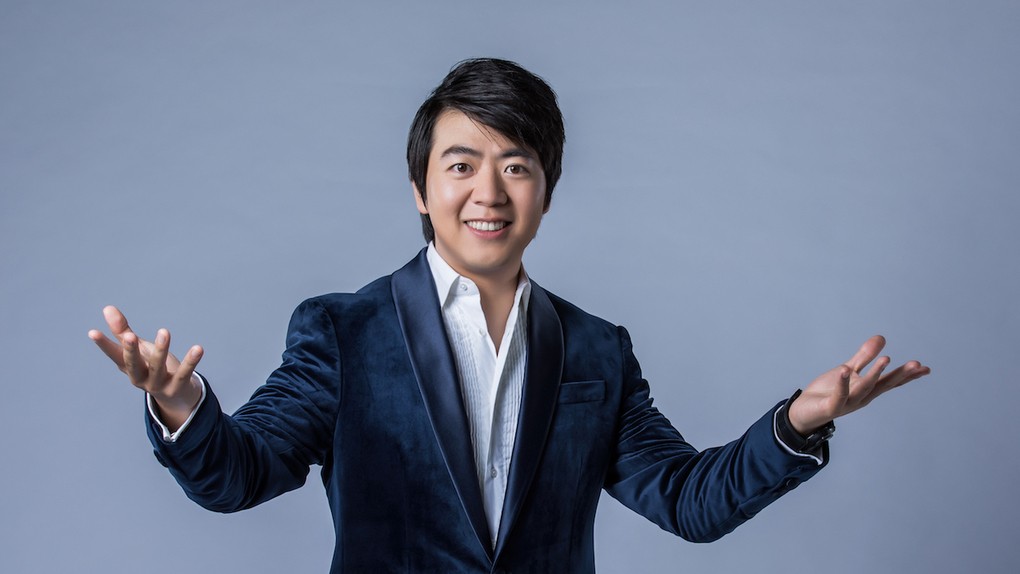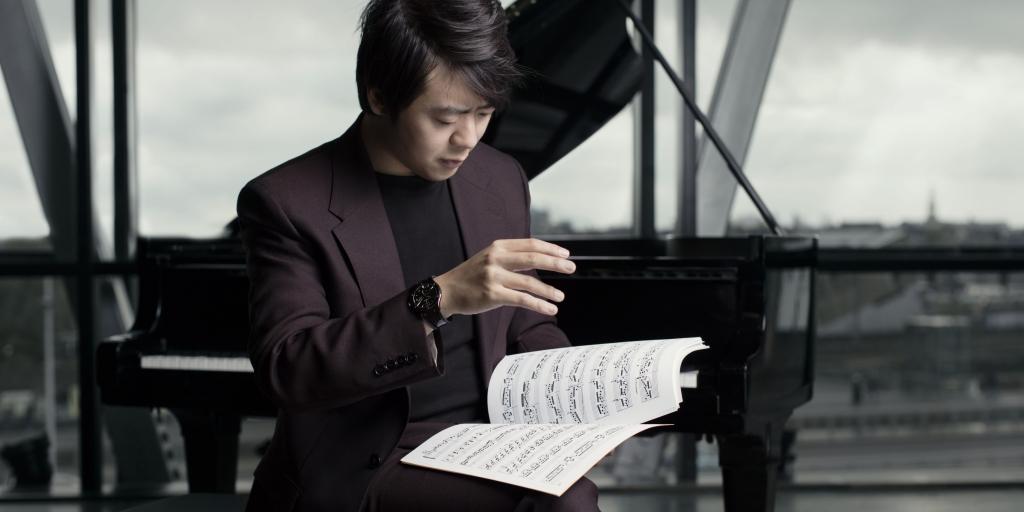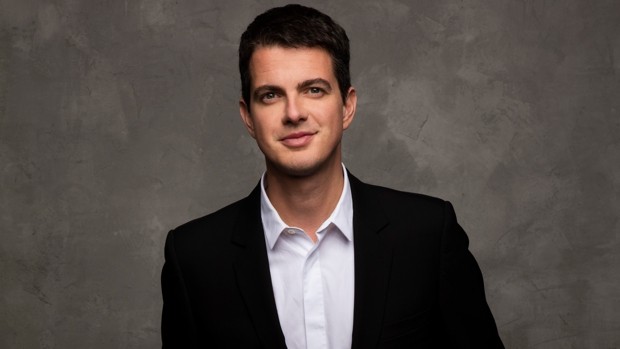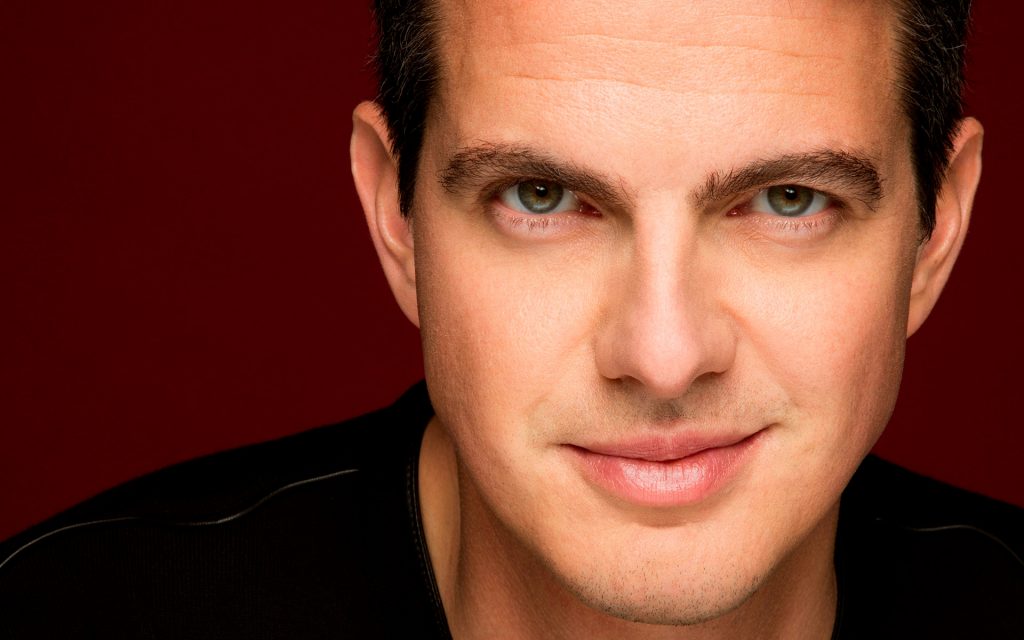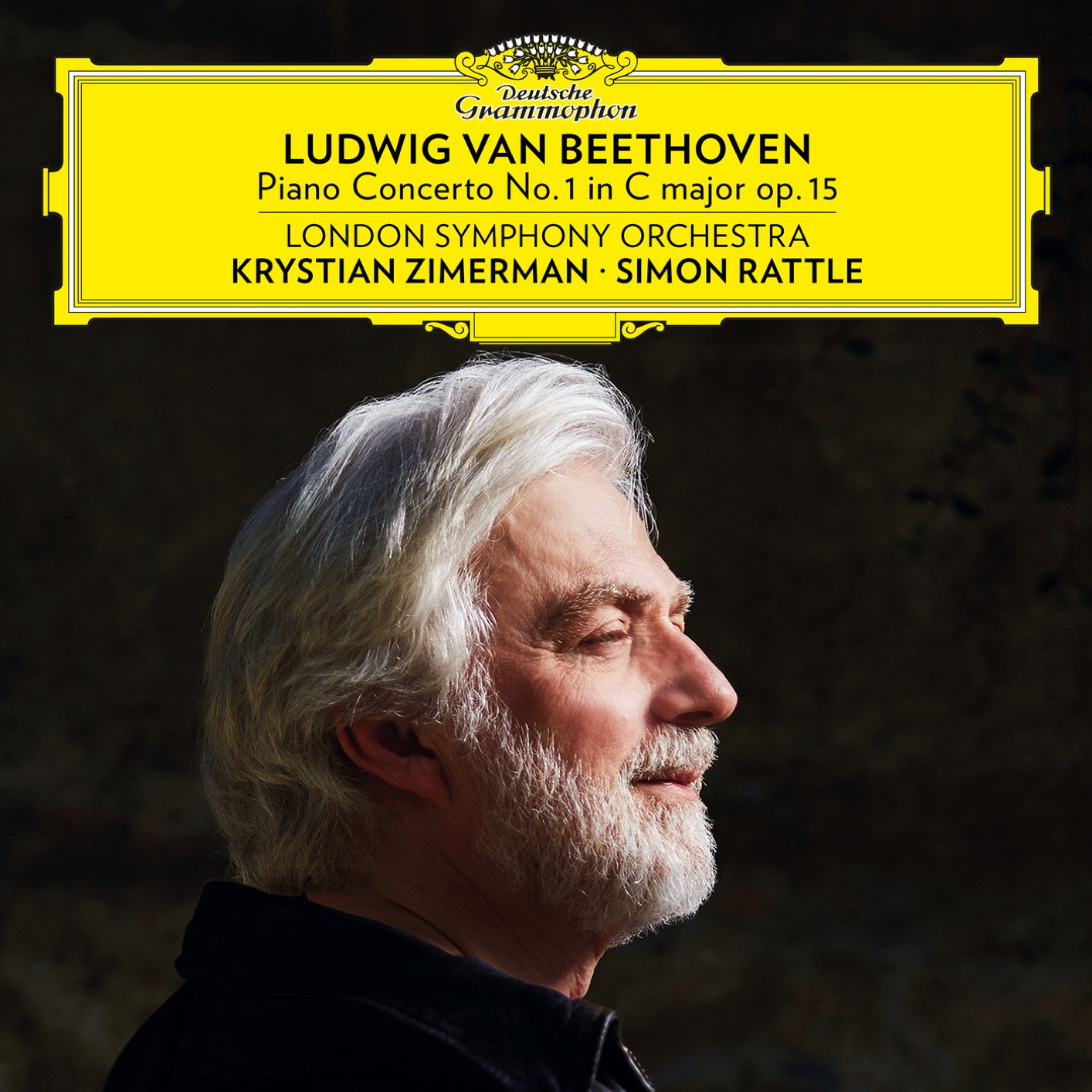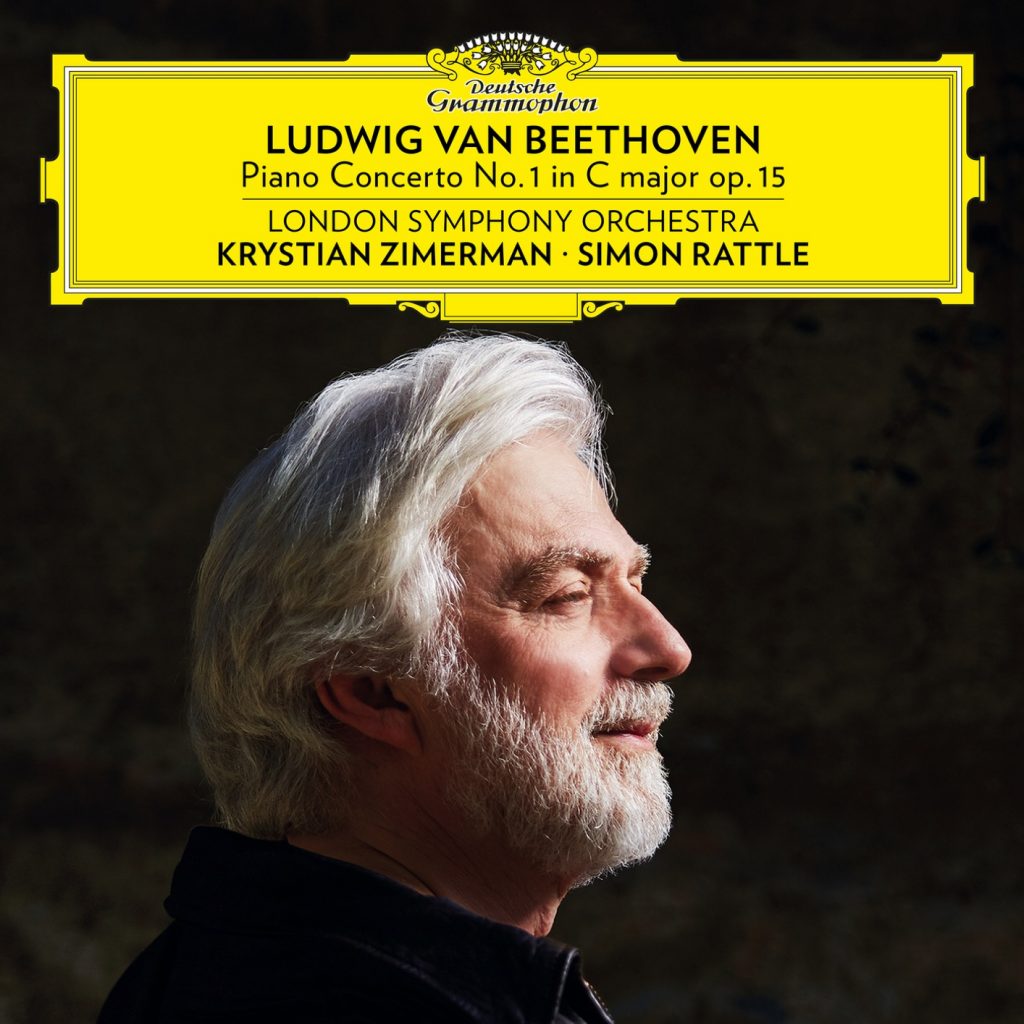ÉLÉGIE – ANITA RACHVELISHVILI
Anita Rachvelishvili’s ‘Élégie’: A Daring Exploration of Vocal Artistry
Mark Jordan, July 2021
Anita Rachvelishvili, renowned for her commanding presence on operatic stages, takes a daring turn with her latest album ‘Élégie,’ a collaboration with pianist Vincenzo Scalera. Shedding her powerhouse arias, Rachvelishvili explores the realm of art songs, offering a captivating journey through Russian, Georgian, Italian, French, and Spanish compositions. The album’s concise duration of 60 minutes allows for a focused exploration, divided into two distinct halves – the first featuring Tchaikovsky, Rachmaninov, and Otar Taktakishvili, while the second embraces Tosti, Duparc, and Manuel de Falla.
Commencing with three Tchaikovsky songs, Rachvelishvili’s resonant mezzo voice instantly recalls the great Olga Borodina, a predecessor who embodied similar roles. Yet, Rachvelishvili adds her own flare, occasionally drifting into operatic intensity, a testament to her stage-honed prowess. The climactic moments in ‘Reconciliation’ bring forth a raw emotional depth, distinct from Borodina’s polished rendition. Moments of restraint reveal Rachvelishvili’s delicate nuances, albeit with an occasional hint of strain, as evidenced in the ethereal ‘float’ within Rachmaninov’s ‘How fair this spot.’
The Georgian folk essence blooms in ‘Sing not to me, beautiful maiden,’ a captivating nod to Rachvelishvili’s heritage. Otar Taktakishvili’s ‘Sun of Haying Month’ stands out as a melancholic gem, embellished by the solemn tolling of a piano bell, a somber touch that resonates profoundly.
The emotive realm of Tosti’s sentimental pieces seems slightly incongruous with Rachvelishvili’s powerhouse style. A similar sentiment echoes through the three Duparc songs, occasionally missing the finesse required for these pieces. However, a dramatic transformation occurs with Manuel de Falla’s ‘Siete Canciones populares españolas.’ Collaborating with Scalera, Rachvelishvili unleashes her inner Carmen, infusing these Spanish compositions with unrestrained passion. The fiery ‘Polo’ showcases a formidable chest register, exuding both strength and artistry.
‘Élégie’ is a bold testament to Rachvelishvili’s artistic journey, a departure from operatic grandeur into the nuanced world of art songs. While her transition occasionally blurs the lines between opera and recital, Rachvelishvili’s commitment to diverse musical styles and her ability to convey intense emotions remain palpable. As she traverses the rich tapestry of languages and cultures encompassed in this album, ‘Élégie’ captures a snapshot of Anita Rachvelishvili’s evolving artistic exploration, showcasing her versatility and unwavering dedication.


